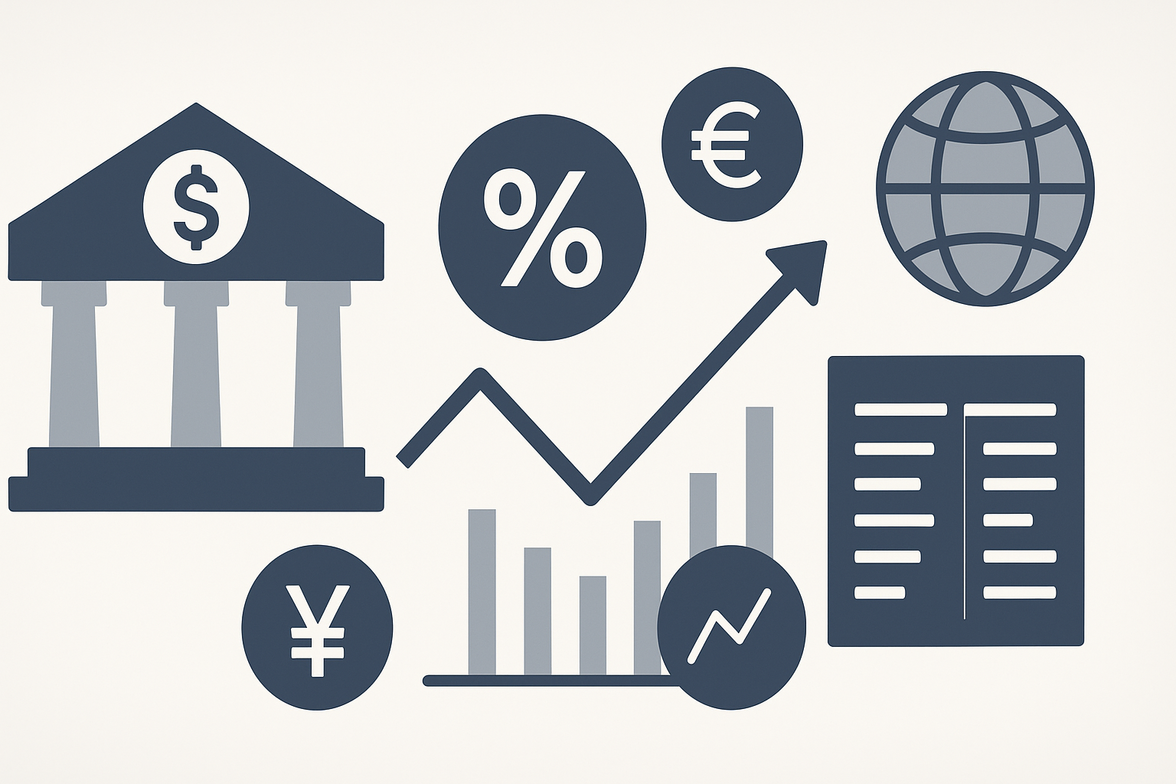
Introduction
Many people feel that managing money is an impossible task. They think it’s something only a small group of experts truly understands. But the truth is, personal finance is not about complex algorithms or endless spreadsheets. It’s about a few simple, foundational habits that anyone can master. Building a strong financial foundation is the first and most critical step toward achieving your goals, whether that means buying a home, starting a business, or retiring comfortably. Without a solid base, every other financial decision, from investing to taking on debt, becomes much riskier. This comprehensive guide will walk you through the essential building blocks of personal finance, from creating a simple budget to protecting your assets. By the time you’re done, you’ll have a clear, actionable plan to take control of your money and build a secure financial future.
The Pillars of Personal Finance
Pillar 1: Understanding Your Cash Flow
You can’t manage what you don’t measure. The first pillar of personal finance is understanding exactly where your money comes from and where it goes. This is more than just knowing your salary; it’s about tracking every dollar you earn and spend.
- Track your income: List all your sources of income, including your salary, any side income, or investment returns.
- Track your expenses: For at least one full month, track every single expense. This includes your rent, groceries, subscriptions, and even that daily coffee. You can use a spreadsheet, a budgeting app, or a simple notebook.
This exercise is often an eye-opening experience. Many people find they are spending money on things they don’t even remember buying. This data will be the foundation for everything else you do in your financial planning.
Pillar 2: The Power of a Budget
A budget isn’t a restrictive tool; it’s an empowering one. It gives you permission to spend money on the things that matter to you, while ensuring you’re also saving for the future. A budget helps you align your spending with your values and goals. A popular method is the 50/30/20 Rule.
- 50% for Needs: Allocate about half of your after-tax income to essential living expenses. This includes housing, groceries, utilities, and transportation.
- 30% for Wants: Devote around 30% of your income to wants. This is for all the non-essential items that improve your quality of life, like dining out, hobbies, and travel.
- 20% for Savings and Debt Repayment: This is the most crucial part. The final 20% should go toward building your savings and paying off high-interest debt.
The most important part of budgeting is consistency. It’s a living document that you should review and adjust regularly.
Pillar 3: Building a Robust Emergency Fund
An emergency fund is your first line of defense against life’s unexpected challenges. It is a pool of savings you keep in a safe, easily accessible account. Its sole purpose is to cover unexpected expenses, such as a job loss, a medical emergency, or a major car repair. The general rule of thumb is to save three to six months of essential living expenses. If your income is unpredictable or you are the sole provider for your family, you may want to aim for even more. Your emergency fund should be in a high-yield savings account, which is both safe and liquid. Do not put this money in volatile investments like stocks or cryptocurrency.
Pillar 4: Eliminating High-Interest Debt
Debt is a powerful force, but it can work for you or against you. While low-interest debt like a mortgage can be a useful tool, high-interest debt from things like credit cards can be a major roadblock to building wealth. The interest payments can often be so high that they make it nearly impossible to get ahead. Prioritizing the elimination of high-interest debt is a crucial step in your financial planning. You can use the debt avalanche method, which focuses on paying off the debt with the highest interest rate first, to save the most money over time. Or, for a quick win, use the debt snowball method, which focuses on paying off the smallest debt first to build momentum.
Pillar 5: Starting to Invest
Once you have an emergency fund and are on a solid plan to eliminate high-interest debt, you are ready to start investing. This is where you make your money work for you. The most powerful tool for a beginner is to start with low-cost, diversified funds.
- Retirement Accounts: Maximize your employer’s 401(k) match. It is free money. Then, open and contribute to a Roth IRA, which allows your money to grow tax-free.
- Diversify: Don’t put all your eggs in one basket. Invest your money in a wide range of assets, such as stocks and bonds, across different industries and geographies. A low-cost, diversified ETF or index mutual fund is an excellent way to get started.
The power of compound interest is a powerful ally. The earlier you start investing, the more time your money has to grow exponentially.
Pillar 6: Protecting Your Assets with Insurance
Insurance is a cornerstone of sound financial planning. It is your shield against catastrophic loss. A major illness, a car accident, or an unexpected disability can derail even the best-laid plans. It is crucial to have the right insurance coverage, including:
- Health insurance: Protects you from devastating medical bills.
- Life insurance: Provides a financial safety net for your family if you pass away.
- Disability insurance: Protects your most valuable asset: your ability to earn an income.
- Home or renters insurance: Protects your property from damage and theft.
Conclusion
Building a strong financial foundation is a journey, not a destination. It requires consistent effort and a clear plan. By mastering these foundational pillars—understanding your cash flow, creating a budget, building an emergency fund, eliminating high-interest debt, starting to invest, and protecting yourself with insurance—you can transform your financial life. The habits you build today will pay dividends for decades to come, giving you the confidence and peace of mind that come from being in control of your money. Don’t wait to get started. Take the first step today and begin building your path to financial freedom.



